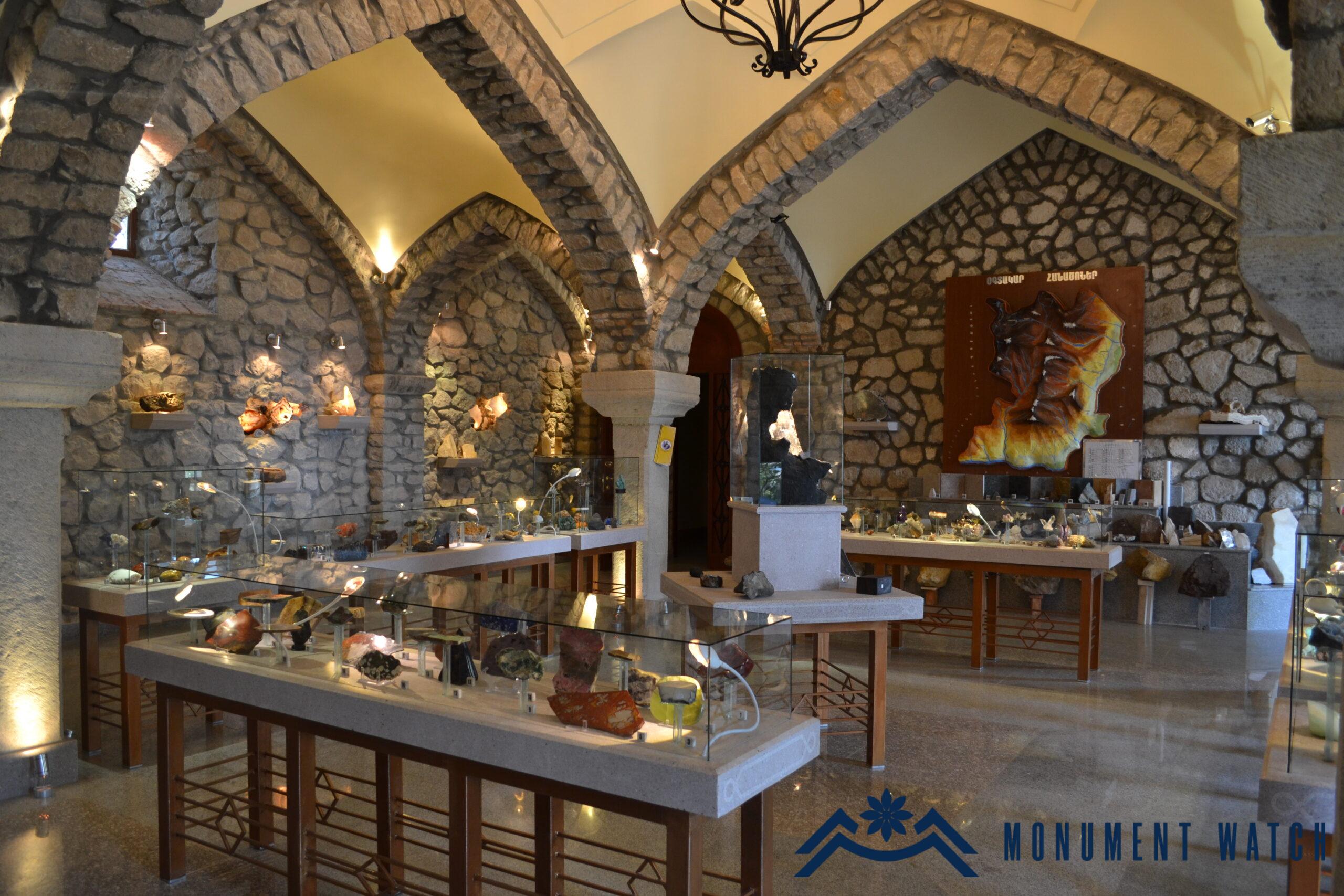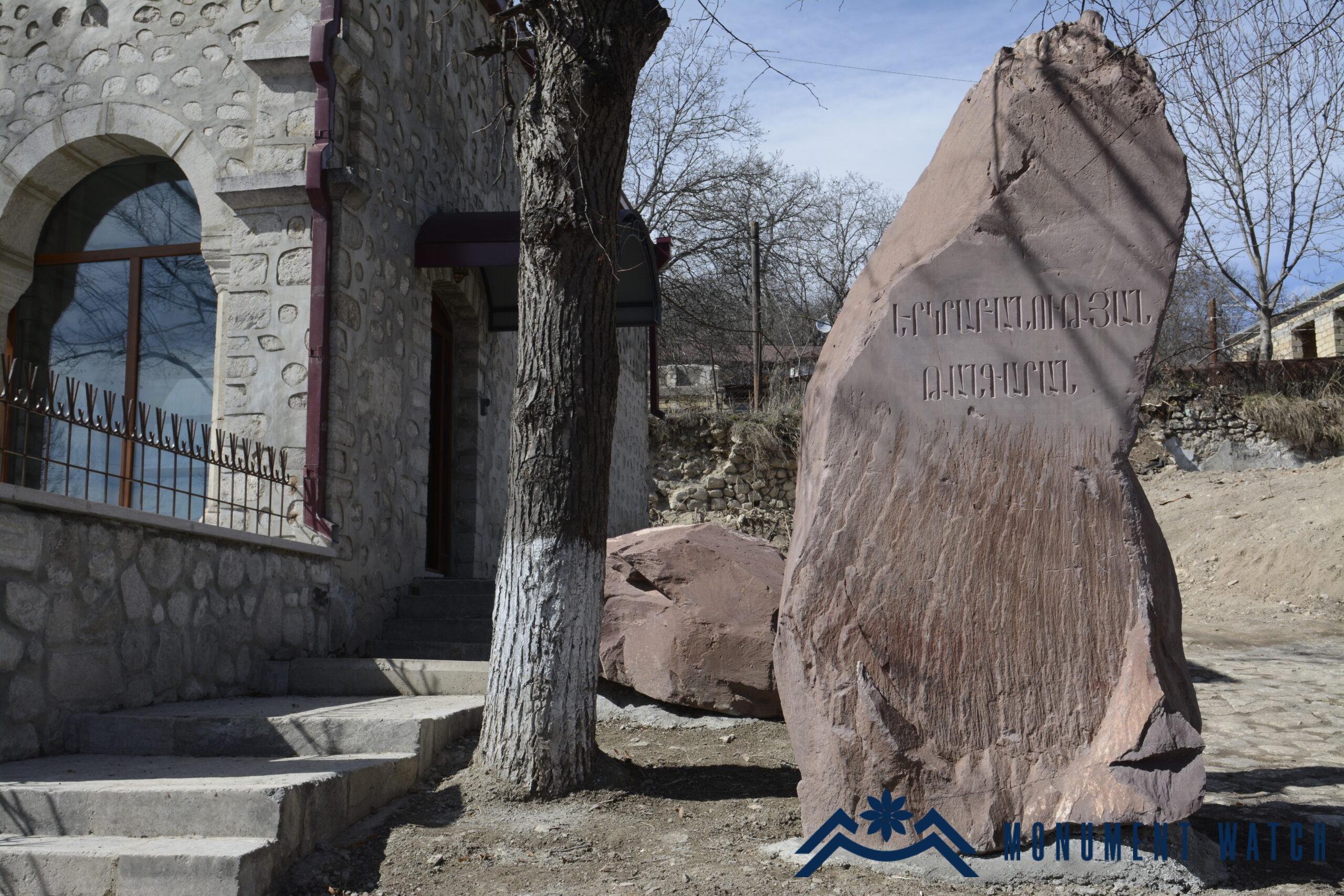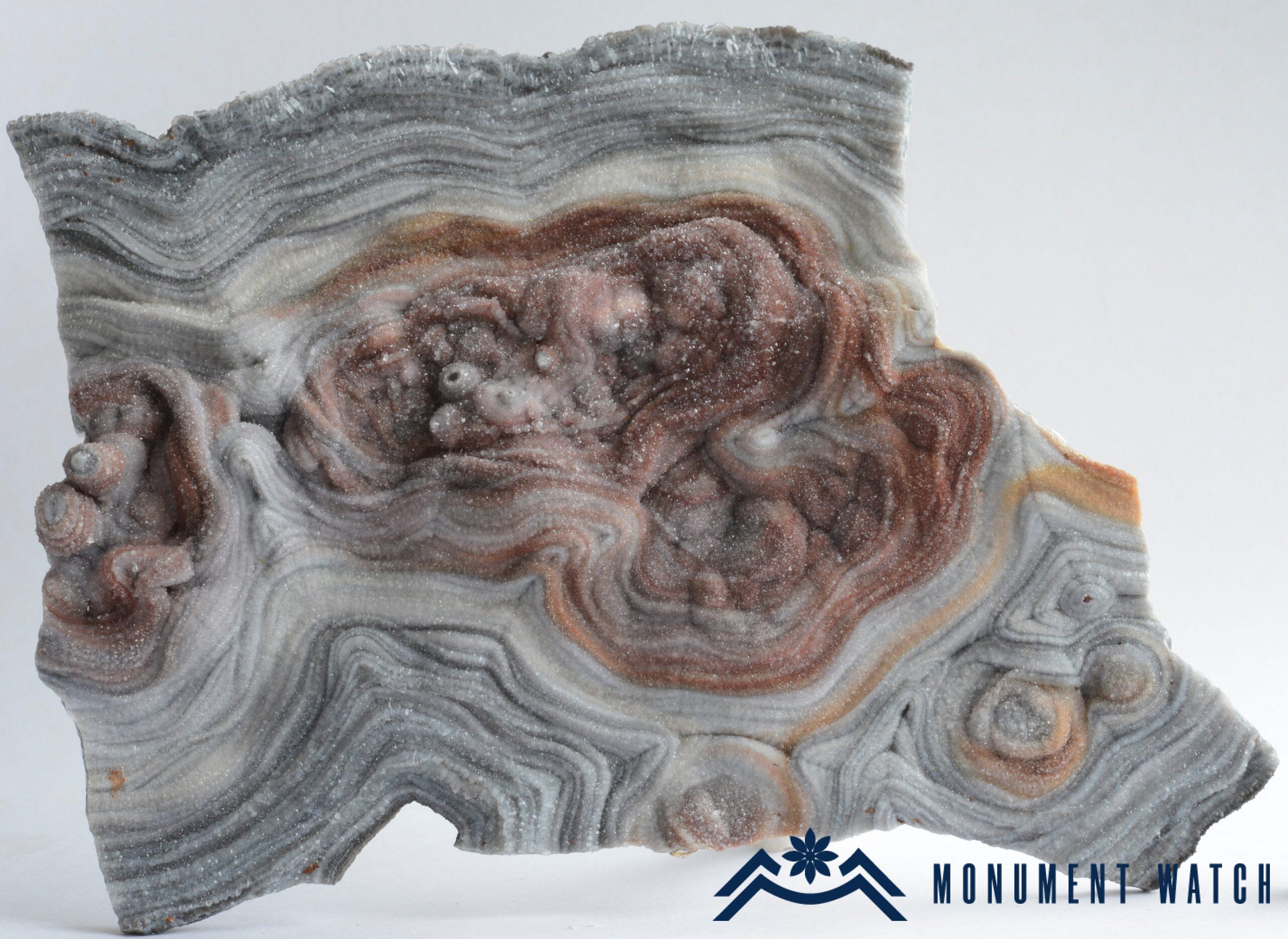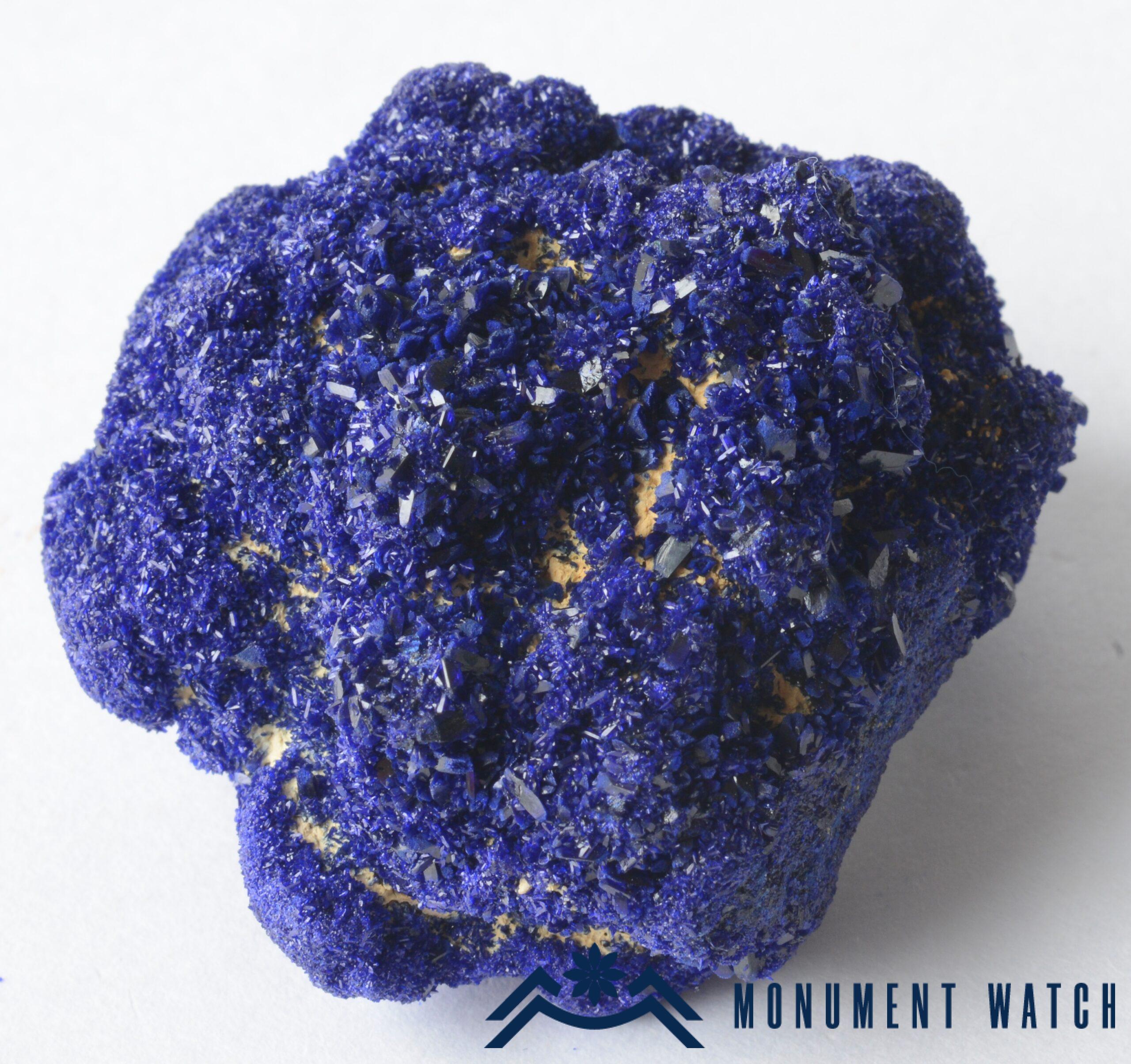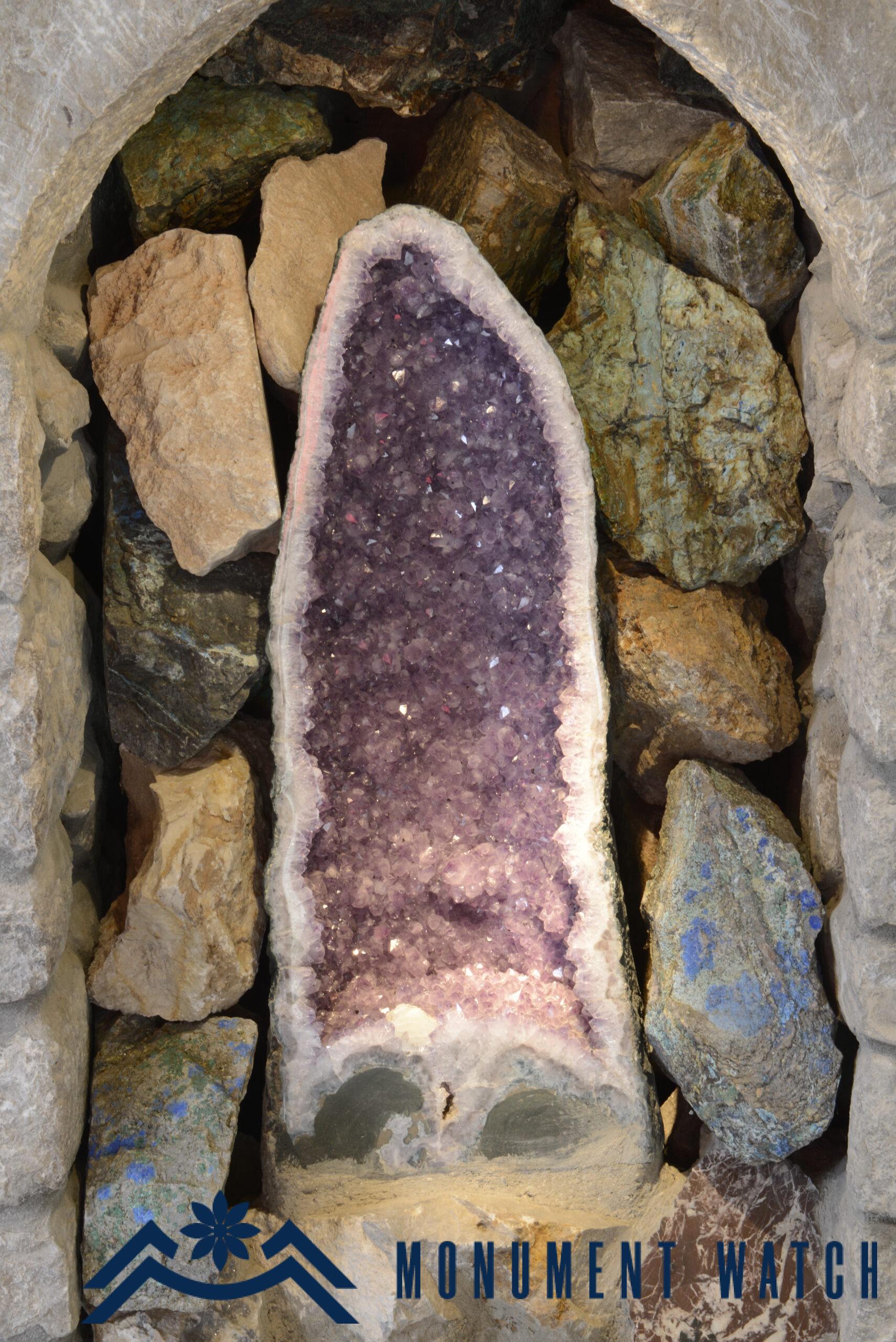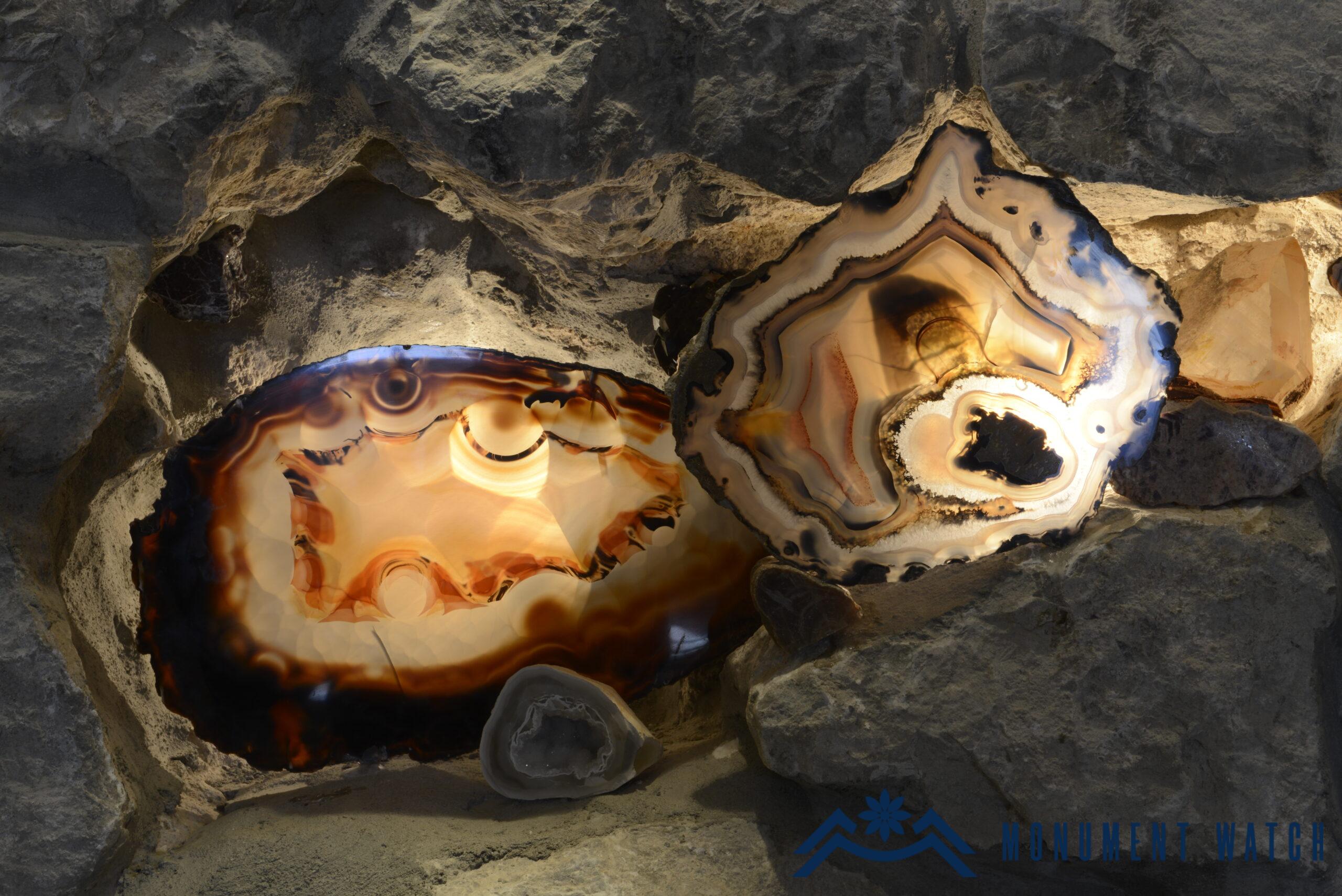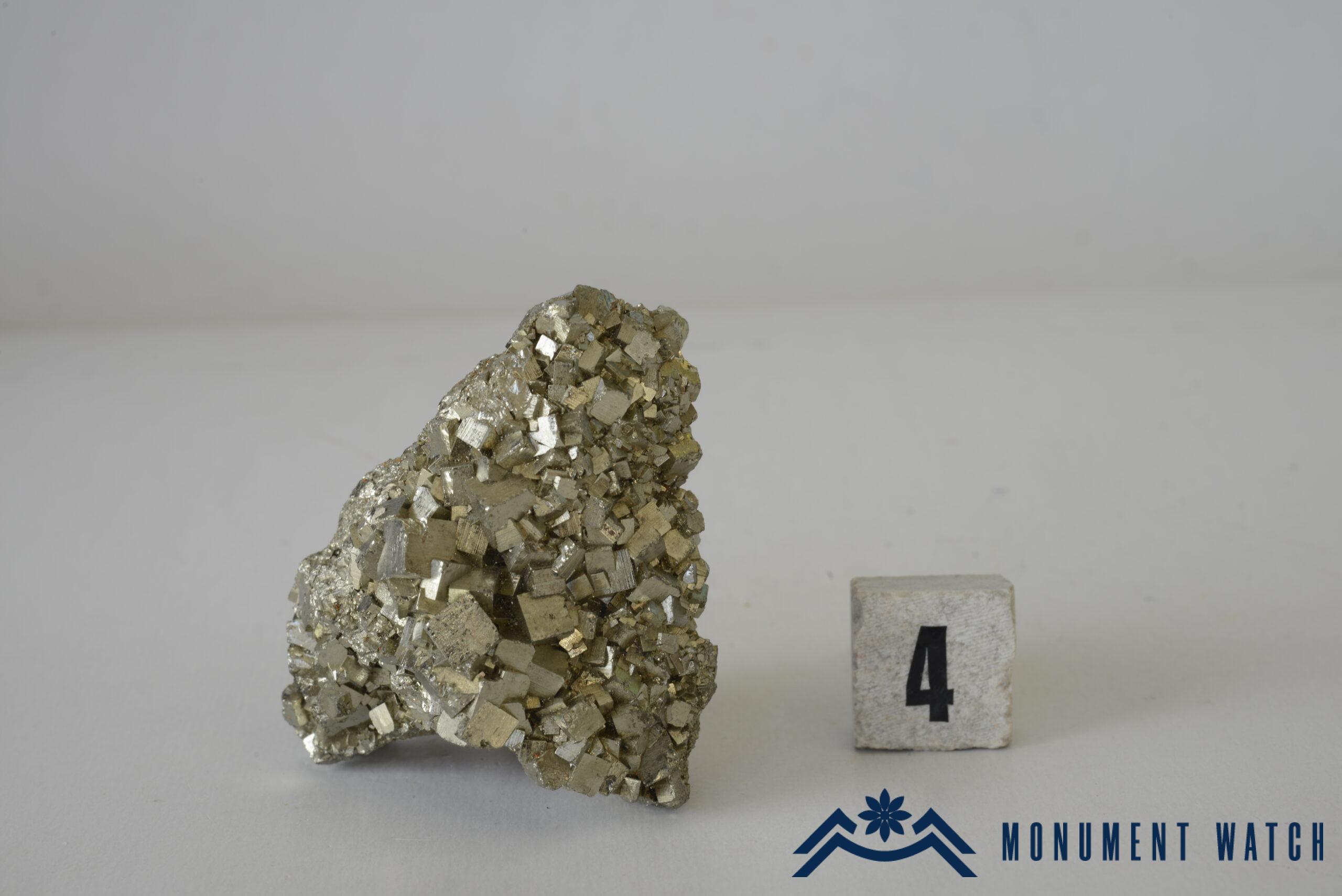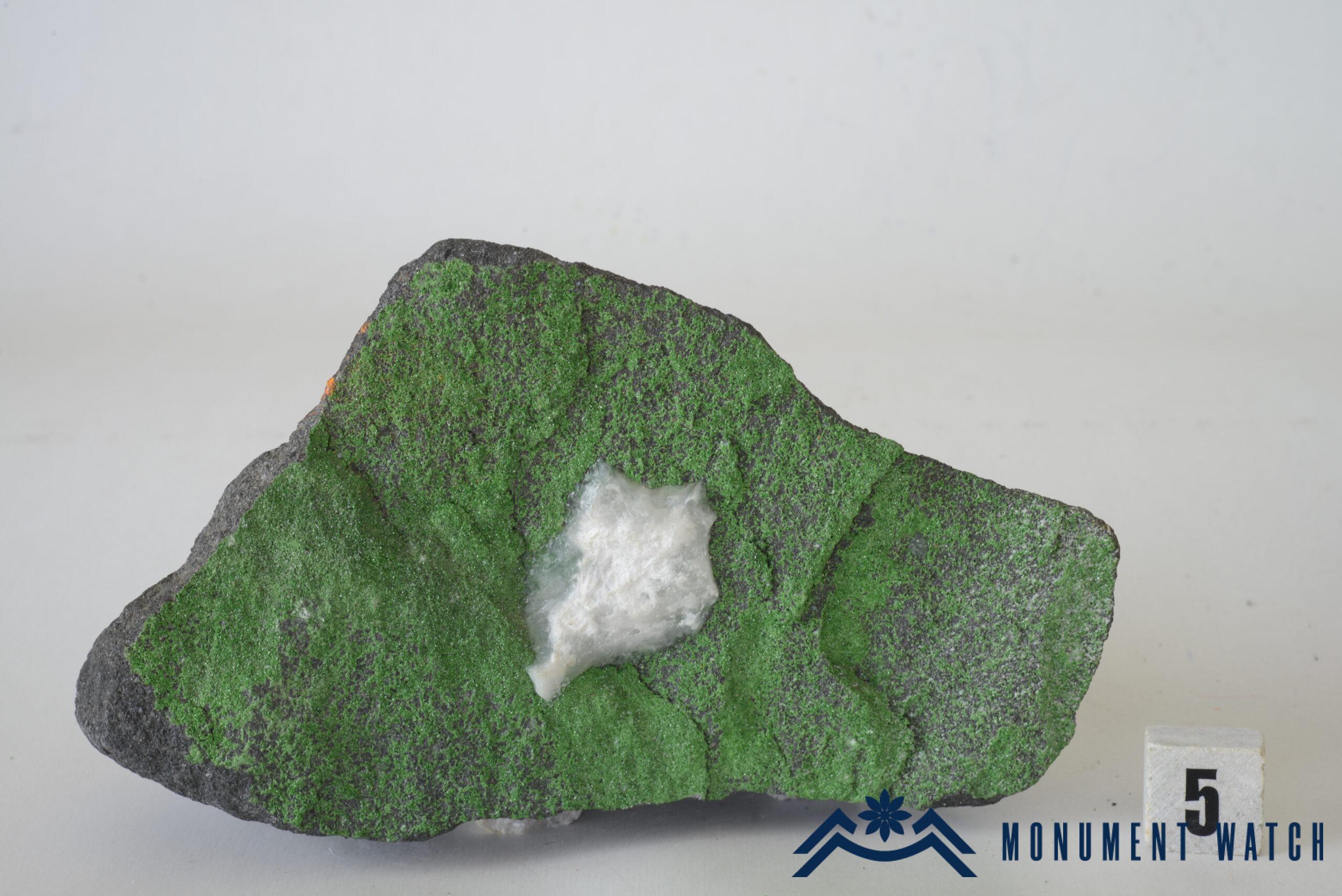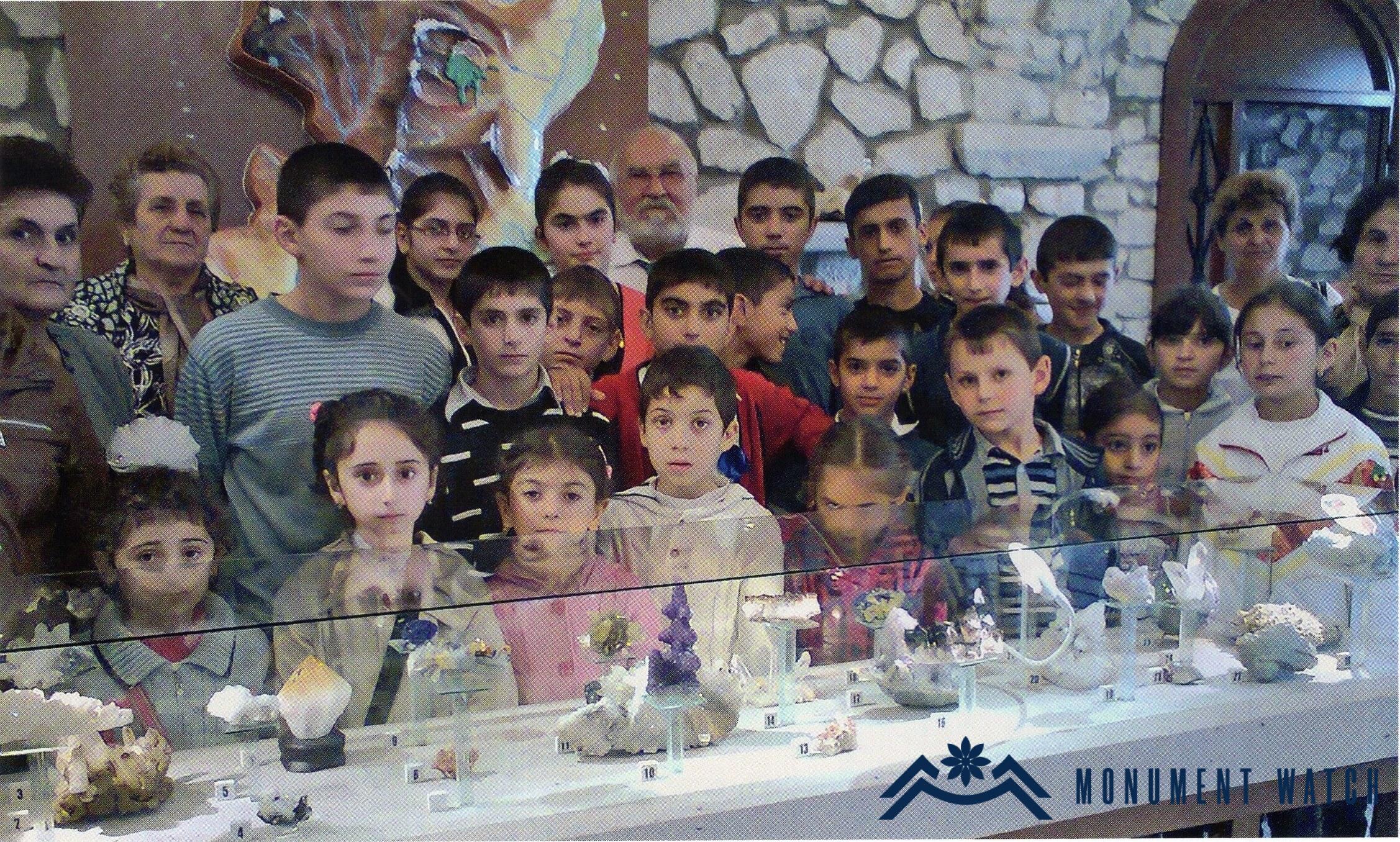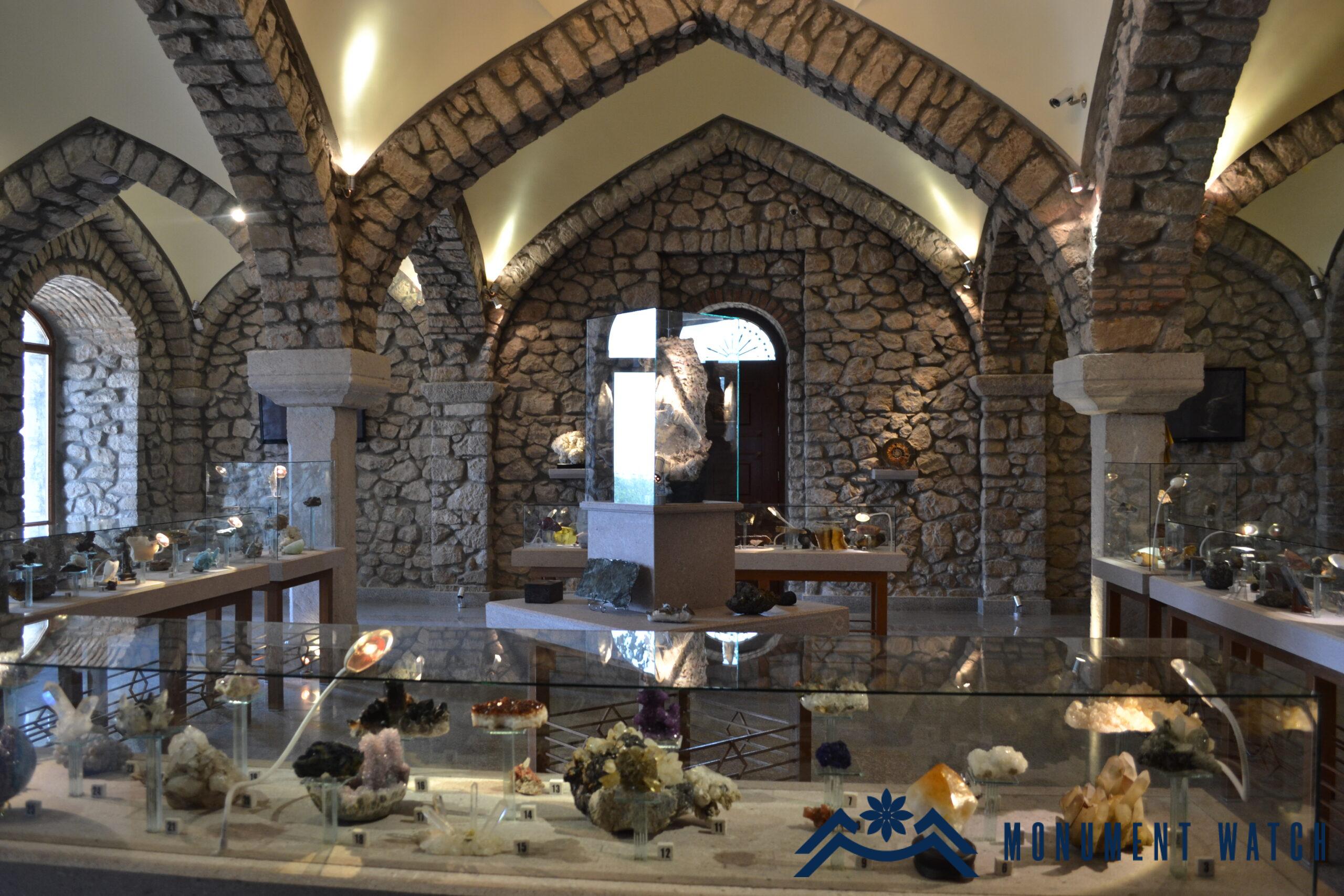
The State Museum of Geology named after Grigor Gabrielyants in Shushi
The History
The “State Museum of Geology named after Grigor Gabrielyants” was established in May 2014 and officially opened on September 1 of the same year. The museum was founded through the initiative of Professor Grigor Gabrielyants, a renowned Soviet geologist and doctor of geology and mineralogical sciences. Professor Gabrielyants donated his collection of ores, mountain rocks, and organic fossil remains to Artsakh. It comprises 403 samples sourced from 40 different countries worldwide, as well as 20 regions within the Russian Federation (Danielyan, Gasparyan 2022, 189-190). The exhibition also includes ores and mineral resources obtained from various regions of Artsakh (Figs. 1, 2).
The museum was located in one of Shushi City's 19th-century structures, at M. Mashtots 32, in the building once known as "Green Pharmacy" (Fig. 3). It was regarded as one of the Caucasus's largest geological museums.
The collection
The museum's collection features a display of approximately 400 exhibits, including more than 60 rocks and minerals sourced from various countries and mountain ranges across the globe (Figs. 4–11).
Many ores, rocks, and organic fossils of all sizes, hues, and shades could be seen in the exhibition hall's center, in specially lighted display cases, the oldest of which was 1 billion 200 million years old. Some of the exhibits are from various parts of Artsakh, with the oldest dating back 146 million years.
The mountain crystal, discovered in Artsakh in 1953 by student-practitioner Grisha Gabrielyants, was one of the exhibition's key displays. This ore was the starting point for the collection (Gabrielyants 2017, 90).
In addition to the exhibits, the minerals of Artsakh were depicted on the relief model.
The activity of the museum before the war
Within a year of the museum's establishment, the number of visitors surpassed 10,000, including both locals and tourists from Australia, Argentina, Russia, Italy, Germany, the United States, China, and other countries.
According to S. Saroyan, the former director of the museum, visitors to the museum had the opportunity to see numerous rocks and minerals with excellent coloring through an ultraviolet lamp installed in a separate chamber.
The museum also served as a vital educational and research facility. Schoolchildren were also greatly curious about the museum's activities and geology. The museum hosted a variety of educational events, including thematic talks and the screening of educational films (Fig. 12). G. Gabrielants provided a large professional library and a series of films to the museum to organize those events (Gabrielyants 2017, 90-91).
Since 2017, the museum has hosted a geology competition-Olympiad, in which pupils from Shushi and Stepanakert cities and other regions competed.
The museum also hosted programs and visits in honor of International Museum Day, European Cultural Heritage Day, and other professional holidays.
The condition after the war
During the 44-day war, the museum's major collection was transferred to a bomb shelter, but it was not evacuated and fell under the control of Azerbaijani armed forces.
According to a video circulated on the Internet on August 18, 2021 (video link: https://t.me/ararathau/9676), the Azerbaijani soldiers who invaded the museum harmed the exhibits, and other museum items, models left in the museum. The video also reveals that the museum's roof collapsed as a result of the hostile bombardment, leading to damage to the exhibits and museum items left within the display cases.
Currently, the whereabouts, storage conditions, and overall condition of the collection are unknown.
The museum and international law regulations
The 1954 Hague Convention for the Protection of Cultural Property in the Event of Armed Conflict, along with its two protocols (1954 and 1999), serves as the international legal and legislative framework for safeguarding cultural property, including museums and their collections, during times of armed conflict. Article 4 of the 1954 Hague Convention for the Protection of Cultural Property in Time of Armed Conflict prohibits various actions that can cause harm to cultural heritage. These actions include vandalism, theft, robbery, and misappropriation, as well as engaging in hostilities and reprisals that target cultural heritage.
It is prohibited to destroy cultural or spiritual values in occupied territories, according to the first Hague Protocol of 1954. The requirement is reaffirmed in the Second Hague Protocol of 1999, which classifies such an act as an international crime under Article 15. Actions aimed at destroying cultural values are also prohibited by four international conventions and protocols on the protection of victims of war, rules, and customs of war of Geneva of August 12, 1949, as well as applicable UN resolutions and human rights treaties.
Bibliography
- Danielyan, Gasparyan 2022 - Danielyan E., Gasparyan L., Museums of the City of Shushi, Works of the History Museum of Armenia, Yerevan, 189–190.
- Gabrielyants 2017 - Gabrielyants G., Man, and Stone, Moscow, Slovo.
